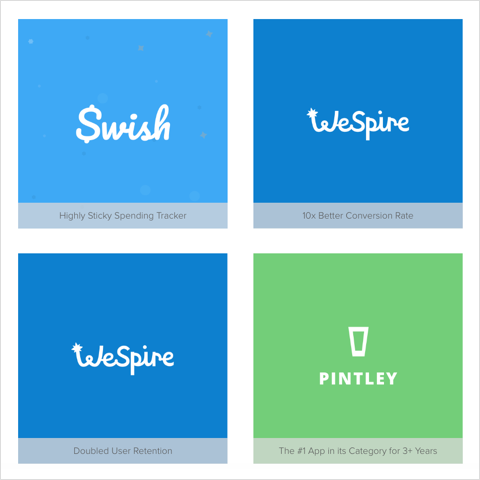UX Engineers are part designer, part front-end developer. So if you want to become a UX engineer, your portfolio needs to demonstrate that you can do both jobs competently.
In this post, you’ll learn exactly how to create a portfolio that will impress employers so you can land that dream job at a top tech company.
The Importance of Storytelling
Portfolios have one job to do: get you an interview.
That means that, first and foremost, your portfolio needs to tell a compelling story that will make employers desperate to talk to you.

So as you craft each item of your portfolio, make sure to go beyond simply adding images and links to GitHub projects. The best stories have a compelling protagonist (you) who faces a daunting problem (the business challenge) and uses their skill and guile to succeed (your work).
The more you show what was going on behind the scenes, the better your portfolio will help employers picture you succeeding at the company.
The Anatomy of a UX Engineer Portfolio Item
So what should each portfolio item look like?
I recommend breaking ux engineer portfolio items into 4 sections:
- The Problem – In this section, give background on the business problem you were tasked with solving. Why did this matter to the company? What was a stake here? Why was this challenging or uncertain? What were the objectives? How would you measure them?
- Your Role – What tasks did you lead? Which did you help with? Who else were you working with?
- The Work – Showing your work isn’t just for high-school math tests. Employers want to know if you can really do the work. This means seeing what you did and how you did it. Give a short overview of the approach and flow of the project from start to finish, include a few images, and link to key deliverables. Explain your thinking. If your projects are confidential, you can leave this section off your online resume, but be prepared to share it in person or over email.
- The Results – Including clear, measurable results will make your portfolio stand out. How many percentage points did the conversion rate increase? How much revenue did this feature generate? Any measurable information you can give here beyond “my boss liked it” or “the client was happy” will go a long way to making you an attractive candidate.
Want to see some examples? Head over to my portfolio and take a look.
Keep in mind that I skipped the Work section because I prefer to share that in person. For a good example of what to include in that section, check out Adham Dannaway’s portfolio.
Want More? This article is part of the UX Engineer Playbook series.